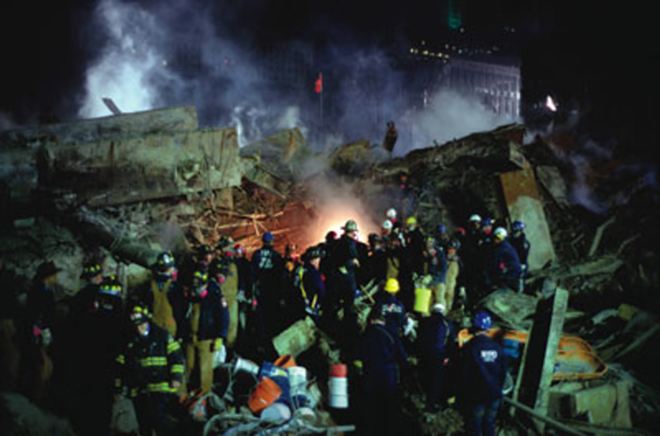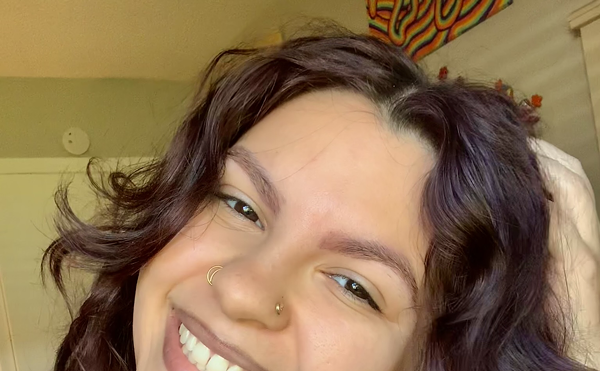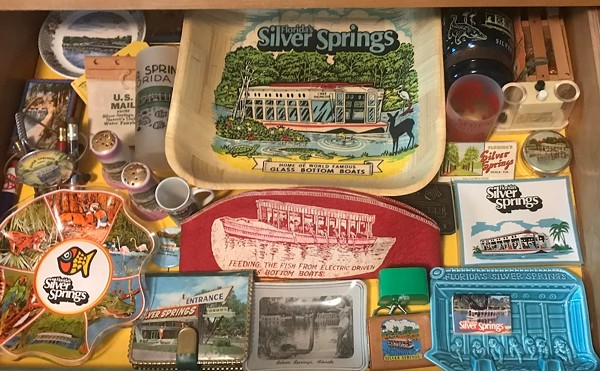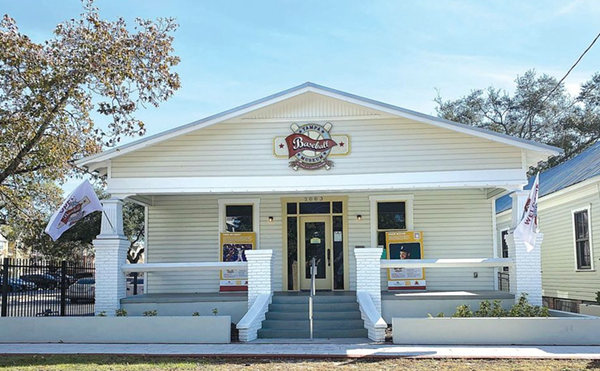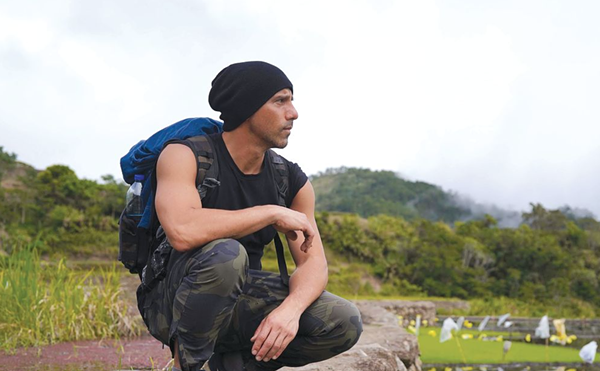"Hey, put that camera down! No photographs — this is a crime scene."
You pretty much never want to argue with a New York City police officer — and immediately after 9/11 the NYPD's authority seemed even less debatable, mandated from on high by the President if not God (or, perhaps most dauntingly, Mayor Rudy Giuliani). So photographer Joel Meyerowitz didn't argue; nor did he explain that he had only been trying to get a better look at something through his viewfinder. He did, however, present the officer with a press pass.
"Oh, press?" Meyerowitz recalled her saying. "Over there [six blocks away from the World Trade Center site]. They'll let you in if they think there's a photo op."
Meyerowitz has said that this encounter provided the impetus for his project documenting Ground Zero in the weeks and months following September 11, 2001. In an October 2001 interview with Fresh Air's Terry Gross, the photographer described his fateful visit to what remained of the World Trade Center six days after 9/11.
"I thought: if there are no photographs, then there's no history. An event like this needs a history. Every major event in the last 150 years has had some photographic record. I thought: the day of [9/11], the whole world saw it ... the cameras were everywhere, but in the aftermath ... that there would be no record seemed to me a crime."
Working with the Museum of the City of New York — to whom he would donate the photographs — Meyerowitz obtained clearance to be the only photographer allowed free access to the site. As such, he transcended his identity as a photographer — a native New Yorker best known before this project for a book of breathtaking Cape Cod vistas — and became a sort of present-day Aeneas, afforded a glimpse of Hell that the rest of us mortals could only shudder to imagine.
What emerged from the abyss are landscapes of twisted metal and portraits of wounded rescuers: scenes from a thunderous opera grimmer and more heroic than anything Richard Wagner ever imagined. Small armies of cranes and bulldozers, along with the necessarily burly men who completed most of the labor, populate Meyerowitz's pictures. The New York sky, as a supporting player, steals the show. In several of the images, the interaction of light and smoke reminds us that the ruins of the World Trade Center continued to burn for months after the fall of the towers.
Rather than traveling light with the latest technology, Meyerowitz chose to lug a large-format wooden camera through the treacherous ruins. The benefits of the curiously antique device were two-fold: it attracted friendly interest from the workers and it produced huge negatives with amazing detail. One image, "May 1, 2002, Bathtub Wall, The Blue Hour," taken from the top of an adjacent building, recalls the labyrinthine photographs of Andreas Gursky. Every last element of a two-city-block area appears in crystal vision, from the ant-like rescue workers and their machines to signs of civilian life, like a brightly lit deli.
Portraits of the workers seem especially poignant in light of a recent autopsy linking the death of a 39-year-old NYPD officer to dust and debris from Ground Zero. One injured firefighter sits in a wheelchair, gazing out on the site from behind a concrete barricade; it's easy to project our own sense of powerlessness onto his silent figure. These are, you realize, portraits of the working class — men in Carhartt coveralls and T-shirts stained with dirt and sweat — exhuming what was once an architectural monument to global commerce. A welcome moment of levity arrives in a photograph titled "February 8, 2002, The Night They Found 11 Million Dollars." The usually somber workers smile as they hoist canvas bags full of bills into the air for the camera.
If you've seen — or plan to see — the film United 93, this exhibition provides a fascinating counterpoint. Where the film traces a jittery descent into chaos on the morning of 9/11, Meyerowitz's photographs of what came afterwards have a timeless, consecrating tone. Yet both share a sort of bleak materiality. One conclusion is that almost five years later, there's still no moral to the story, no single or satisfying answer to the question of why it happened or whether we've learned some lesson as a result — just a growing body of evidence that tells us how it did happen and what it looked and sounded like. A different reading, which Meyerowitz's photos encourage, sees a cheering glimpse into the recuperative nature of the American spirit. To help you get in the mood for this second interpretation, the Polk Museum of Art is also screening the documentary "In Memoriam: New York City," with commentary by Giuliani, during the exhibition.
Now, if you're like me, you probably imagine yourself more likely to fly to Zimbabwe than drive over to Lakeland. (Several friends I talked to during the week admitted to having only a vague idea where Polk County is — in all fairness, most of them aren't originally from Tampa.) Well, order me up a crow sandwich in reparation for whatever countrified image I had of the place. For those whose level of anxiety increases with distance from the nearest available latté — yes, they have Starbucks and, even better, an independent coffee shop downtown. Lakeland's city center rivals St. Pete's in the number of small businesses clustered along its neatly landscaped streets, and the Polk Museum of Art compares favorably to Tampa's.
In addition to Aftermath, the museum has an exhibit of contemporary paintings by two Miami-based artists, Vicki Pierre and Christian Duran, running through May 14. Great stuff — the kind of edgier, slightly pop-ish images you'd expect to see at a small gallery, not a museum. My eye kept returning to a waterfall outside the lobby window that created the peculiar sensation, as rivulets of water glimmered in the sunlight, of snow falling. Nothing much besides the art museum seemed to be open on Sunday, but the next time I have a free Saturday, I might just head to downtown Lakeland, believe it or not, for brunch and a visit to the art museum.

